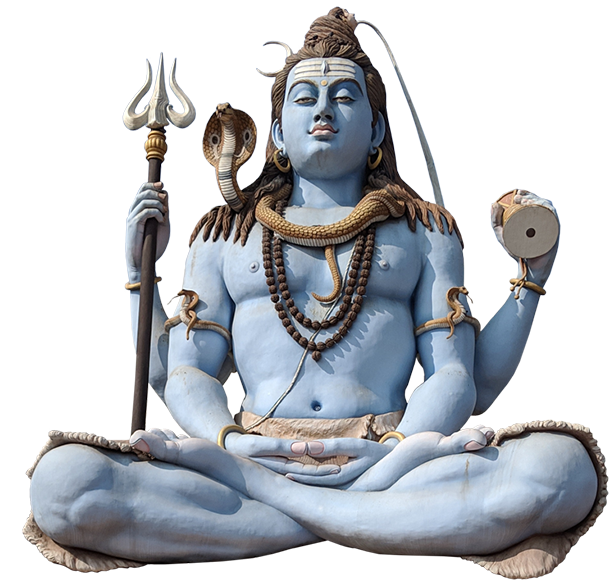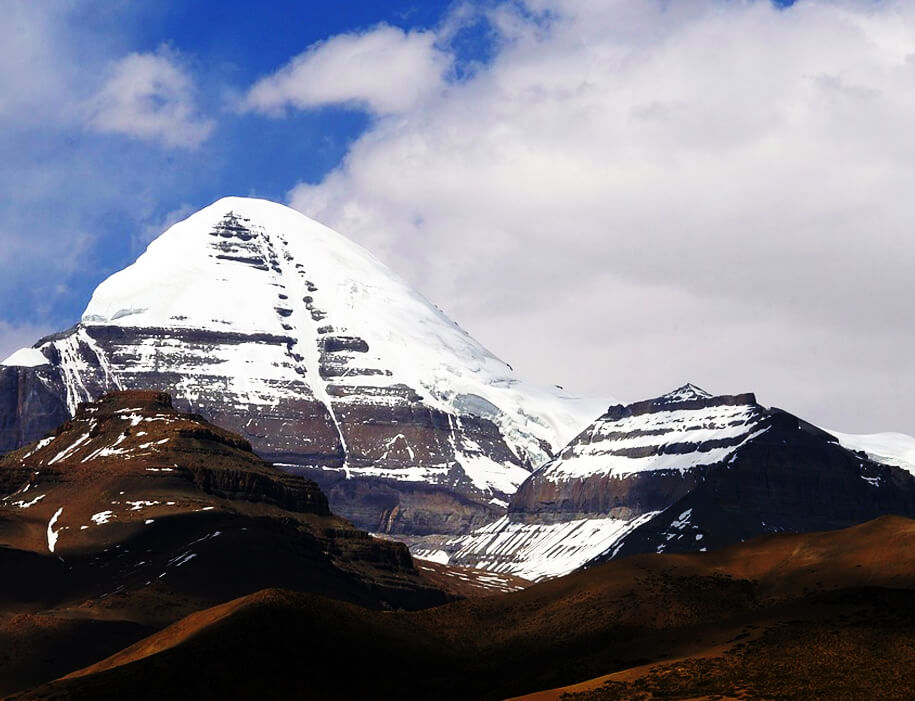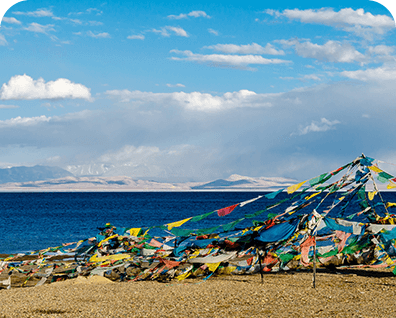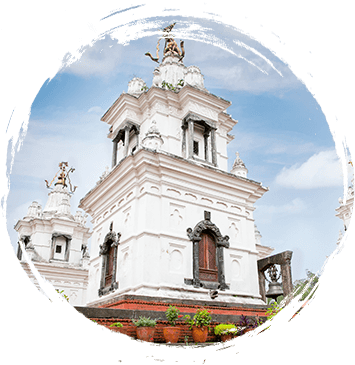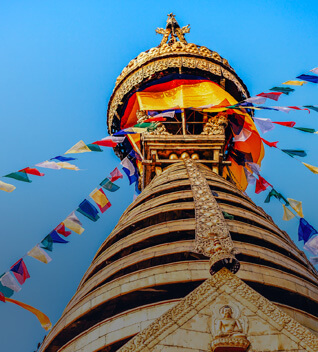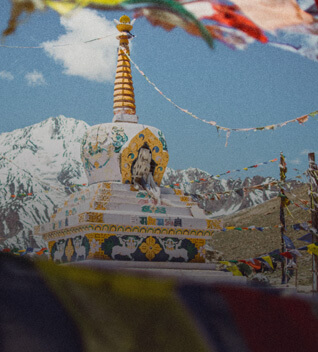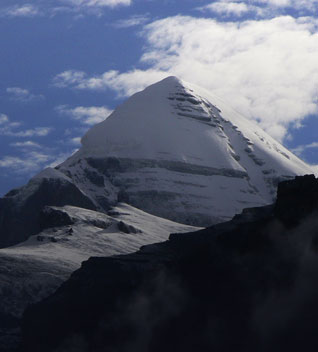What is the Kailash Mansarovar Yatra?
The Kailash Mansarovar Yatra is a tradition carried forth over thousands of years. This annual pilgrimage is considered as the means to attain the ultimate salvation on Earth not just for Hindus, but for Jains and Buddhists alike.
Pilgrims perform a seriously challenging walk around the base of Mount Kailash that involves trekking at high altitudes of up to 19,500 feet, under inhospitable weather conditions of extreme cold and a rugged terrain. In spite of these tough conditions, thousands undertake this yatra that takes place only during a few months of every year.
The Kailash Mansarovar Yatra is not just an opportunity to view some of the most magical scenery on the entire planet but is also, a life changing experience.







